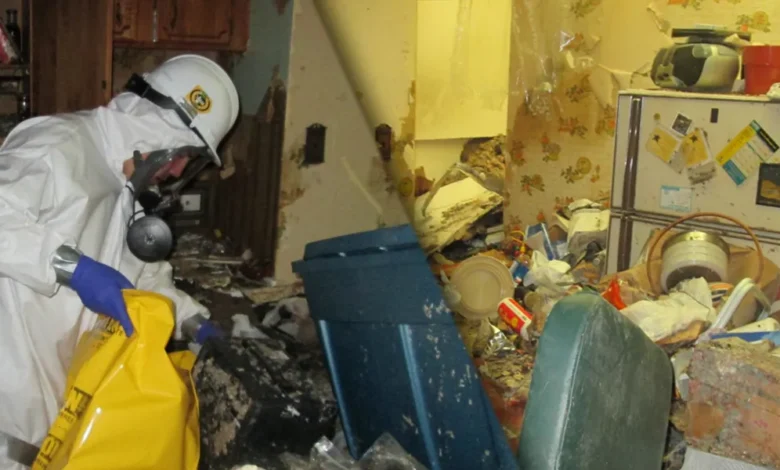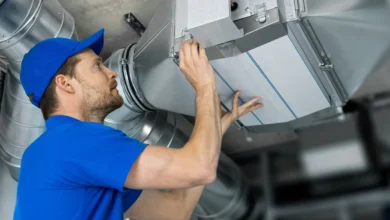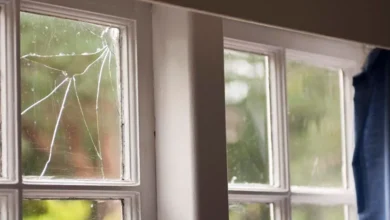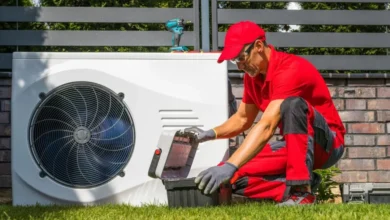How Crime Scene Cleanup Companies Handle Biohazardous Materials?

Crime scene cleanup is essential beyond simply cleaning up after traumatic events. It involves safely and thoroughly removing biohazardous materials, including blood, bodily fluids, and other potentially dangerous substances left behind after crimes, accidents, or other incidents. These materials pose serious health risks if not handled properly, as they may carry viruses, bacteria, and other pathogens. Crime scene cleanup companies are trained to manage these biohazardous materials in a way that ensures public safety and restores the affected area to a habitable state. We will explore how crime scene cleanup companies such as Valor Technical Cleaning of Houston handle biohazardous materials with a focus on safety, thoroughness, and compliance with regulations.
Ways biohazardous materials are handled
1. Assessing the Scene and Identifying Hazards
The first step in any crime scene cleanup process is carefully assessing the site. Cleanup teams must identify the types of biohazardous materials and evaluate the extent of contamination. This assessment is crucial for determining the appropriate cleaning methods and the level of personal protective equipment (PPE) needed for the task. During this stage, crime scene cleanup professionals look for visible biohazardous materials, such as blood or tissue. Still, they also consider other potential hazards, such as contaminated surfaces, airborne pathogens, and hazardous chemicals that may be present. By conducting a thorough assessment, they can create a plan that ensures the safe removal of all contaminants.
2. Containment and Protection Measures
Once the crime scene has been assessed, containment and protection measures are implemented to prevent the spread of biohazardous materials. This may involve sealing off the affected area to prevent unauthorized access and ensuring that the biohazards do not migrate to other parts of the property. Cleanup teams use barriers, such as plastic sheeting or specialized containment systems, to isolate the contaminated area. This step is crucial for protecting the cleanup crew and anyone else who enters the site. Additionally, cleanup professionals wear personal protective equipment, including gloves, masks, goggles, and full-body suits, to safeguard themselves from exposure to dangerous pathogens. These measures ensure that biohazardous materials are handled in a controlled environment, minimizing the risk of cross-contamination.
3. Safe Removal of Biohazardous Materials
The actual removal of biohazardous materials is a meticulous and methodical process. Crime scene cleanup companies are trained in techniques that safely remove blood, bodily fluids, and other biological matter from the scene. They use specialized equipment and cleaning agents to neutralize pathogens and sanitize affected areas. For example, powerful disinfectants and enzymatic cleaners are often employed to break down organic matter and eliminate harmful microorganisms. In cases where porous materials, such as carpets or furniture, have been contaminated beyond salvage, these items are removed and properly disposed of to prevent further health risks. Cleanup professionals ensure that all traces of biohazardous materials are eliminated from the scene, leaving the area safe for future use.
4. Disinfection and Sanitization of the Area
After removing the biohazardous materials, the next step is to thoroughly disinfect and sanitize the area to ensure that no harmful pathogens remain. This step is critical for eliminating any lingering health risks. Cleanup teams use industrial-grade disinfectants that are effective against many bacteria, viruses, and other pathogens. In some cases, advanced equipment such as foggers or UV light devices may be used to sanitize the air and hard-to-reach areas. The goal is to clean visible contamination and ensure that the entire space is free from any microscopic threats. By taking this comprehensive approach to disinfection, crime scene cleanup companies restore the area to a safe, habitable condition.
5. Proper Disposal of Biohazardous Waste
Biohazardous waste generated during the cleanup process must be disposed of in compliance with strict regulations. Crime scene cleanup companies ensure that all contaminated materials, such as blood-soaked fabrics, sharps, and other biological waste, are properly packaged and transported to a licensed biohazard disposal facility. These materials are typically placed in specially marked containers, such as biohazard bags or rigid sharps containers designed to prevent leaks or punctures during transport. Safely disposing of biohazardous waste is crucial for protecting public health and preventing environmental contamination. Crime scene cleanup companies follow all local, state, and federal guidelines to ensure that biohazardous materials are handled and disposed of according to legal requirements.
6. Ensuring Compliance with Health and Safety Regulations
Throughout the entire cleanup process, crime scene cleanup companies must comply with various health and safety regulations designed to protect workers and the public. These regulations are set by organizations such as the Occupational Safety and Health Administration (OSHA) and the Environmental Protection Agency (EPA), which establish guidelines for handling biohazardous materials safely. Compliance includes following proper protocols for personal protective equipment, waste disposal, and decontamination procedures. Crime scene cleanup professionals undergo extensive training to understand and adhere to these regulations. Maintaining strict compliance they help prevent the spread of disease and ensure that cleanup operations are conducted safely and responsibly.
Crime scene cleanup companies play a vital role in safely removing biohazardous materials following traumatic events. We will explore how these companies assess the scene, implement containment measures, and safely remove and disinfect contaminated areas. Proper disposal of biohazardous waste and compliance with regulations are also essential to their work. By following these protocols, crime scene cleanup professionals protect public health, restore safe living conditions, and help families and property owners recover from challenging situations. Their work is about cleaning, ensuring safety, and preventing further harm from biohazardous materials.





